Profitability and Systematic Trading: A Quantitative Approach to Profitability, Risk, and Money Management
$15.81
| Author(s) | |
|---|---|
| Product Type |
Ebook |
| Format |
|
| Skill Level |
Intermediate to Advanced |
| Pages |
206 |
| Publication Year |
2008 |
| Delivery |
Instant Download |
Profitability and Systematic Trading by Michael Harris is a comprehensive exploration of how to design, test, and execute trading systems grounded in statistical reliability rather than intuition or guesswork. Harris, an experienced systems developer and quantitative analyst, provides traders with a clear, data-driven path to building consistent profitability through systematic methodology, probability modeling, and signal generation logic.
The book moves beyond basic technical analysis and into the science of pattern recognition, money management, and performance evaluation. Harris introduces the concept of Price Pattern Strategies and explains how to quantify them using statistical confidence, rather than subjective pattern interpretation. He also shows how to avoid curve-fitting, how to verify robustness across markets, and how to integrate multiple systems into a coherent portfolio strategy.
Through real-market examples, Profitability and Systematic Trading equips traders with the analytical tools to validate any system before deploying capital — ensuring their approach is repeatable, objective, and statistically sound. This is one of the few works that bridge the gap between technical charting and quantitative logic, making it essential reading for anyone serious about algorithmic and rule-based trading.
✅ What You’ll Learn:
- The foundational principles behind systematic and algorithmic trading.
- How to build and test trading systems using quantitative validation methods.
- Statistical tools for evaluating edge, expectancy, and system reliability.
- How to recognize price patterns and measure their predictive probability.
- Methods to avoid curve-fitting and ensure system robustness.
- Techniques for combining multiple strategies into a portfolio-based model.
- Understanding risk-adjusted returns and proper money management.
- How to transition from discretionary to fully systematic trading.
💡 Key Benefits:
- Learn to think like a quantitative trader, not an emotional one.
- Develop verifiable trading strategies using real statistical methods.
- Master risk management and capital allocation within system frameworks.
- Build consistency and confidence through testable trading logic.
- Ideal for traders looking to design automated or semi-automated systems.
👤 Who This Book Is For:
This book is designed for intermediate to advanced traders, quantitative analysts, and system developers who want to transform trading ideas into rules-based, testable systems. It’s perfect for those ready to move beyond intuition and adopt a scientific approach to profitability.
📚 Table of Contents:
- The Principles of Systematic Trading
- Understanding Probability and Expectancy
- Price Pattern Strategies and Their Validation
- Statistical Foundations for Trading System Testing
- Avoiding Curve-Fitting and Bias
- Performance Metrics and Trade Distribution
- Developing Robust Trading Strategies
- Portfolio Design and System Integration
- Money Management Techniques
- Market Examples and Application
- The Psychology of Systematic Thinking
- The Future of Automated Trading Systems
Profitability and Systematic Trading By Michael Harris
4 reviews for Profitability and Systematic Trading: A Quantitative Approach to Profitability, Risk, and Money Management
Clear filtersOnly logged in customers who have purchased this product may leave a review.



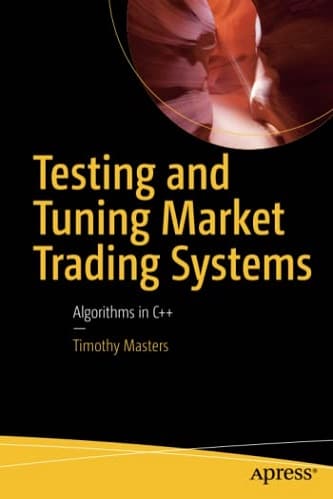
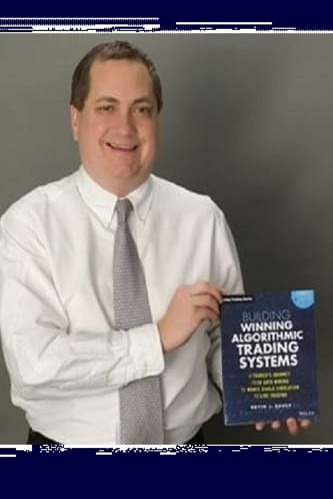
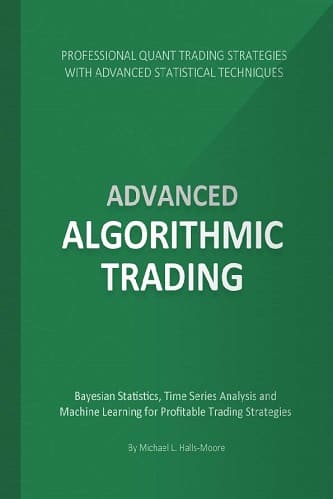
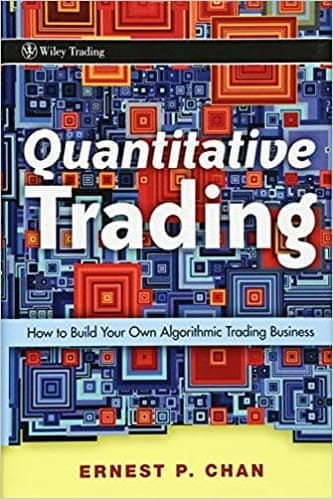
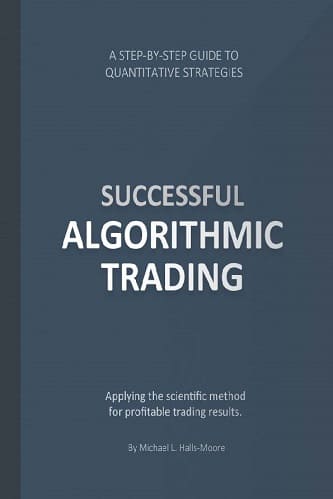
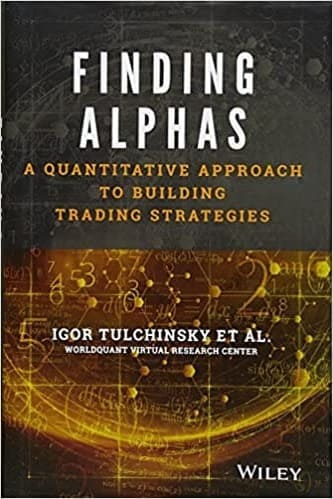
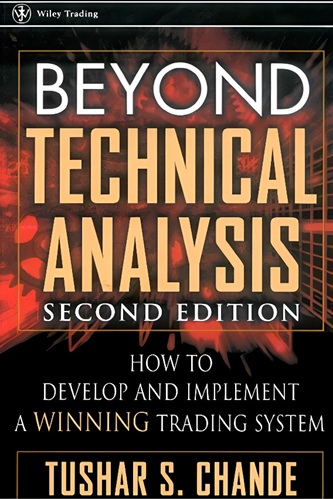
Wren Patrick (verified owner) –
After reading other books on system trading, my opinion of this book’s usefulness changed. Harris summarizes certain realities of trading like the zero sum game, martingale and anti-martingale betting strategies, and the repercussions of commissions on one’s trading performance to name a few. In my opinion, a beginner may find many of this book’s explanations enlightening while not realizing there is much more to uncover about the practicalities of systematic trading. That’s what happened to me. While I was pleased with Harris’s treatment of the pitfalls of back testing and intrigued by how price patterns can be used to create a trend following approach with multiple timeframes, I was often left yearning for more detail. For example, how exactly does one go about back testing? What is a good trading program? How do my trading beliefs affect the core of my trading system and ability to implement it? How do I analyze equity curves? Is it really true that there are no robust trend-trading indicators or systems? This is just a sampling of the questions that crossed my mind, and for the answers a reader may have to look elsewhere to find (didn’t mean for that to rhyme but it happens all the time). Finally, I am uncertain about why there are so many pages of computer code at the end of this book. Perhaps “there is gold them thar hills”, but for a mathematically challenged person with little programming experience like me, the code section and math formulas scattered throughout the text added no immediate value to my reading experience. Maybe it will all make sense in the long run, but for now this book gets 3 stars.
Derrick Carpenter (verified owner) –
I thought that this book was a very well written and engrossing book on the subject of automated trading. It’s not a how too, although there are a lot (about 40) pages in the appendix full of example code which reflects on what was discussed earlier in the book.
My only complaint is that this author did not write a larger book as I am sure he could have kept going. The content in the book is tightly written and written well so the short 140 pages of actual text do go by quickly.
The author does give you the logic behind what you need to do to make a profitable system, how to synthesis a system. You have to go find another source to find how to actually implement the code for your system. But is that really bad? I don’t think so, that keeps the text applicable for the future into different and new programming languages traders will be useing.
This all said, and I really did like this book, I just don’t know if it would be worth spending nearly $200 on this book, as it stands thats what it’s listed for.
Misael Roberson (verified owner) –
I was really disappointed in this book, especially the part of the book that is supposed to discuss systematic trading. I’ve read several other books on system design and I was expecting something of a similar quality. I felt the chapter on backtesting was very much oriented towards the beginner level. But the main reason I was disappointed is that almost half of the book is about the author’s software which can generate and backtest trading systems. This was interesting but it seemed much too much like an advertisement for the software which I imagine most readers will not purchase due to its cost. Without the software there is little else of use for those wishing to design and implement their own trading systems. The book is quite short and to make matters worse a full 42 pages of the book simply contained source code that was generated from the software.
Overall if you are new to trading and you are curious about this software and do not want to design your own trading system then the book could be interesting for you. But if you want to design your own system there are many other books that cover this topic in greater detail.
Lilly Middleton (verified owner) –
Been reading this book recently. i guess one has to move forward. it’s completely useless, confusing and time wasting. Doesn’t worth a dime.